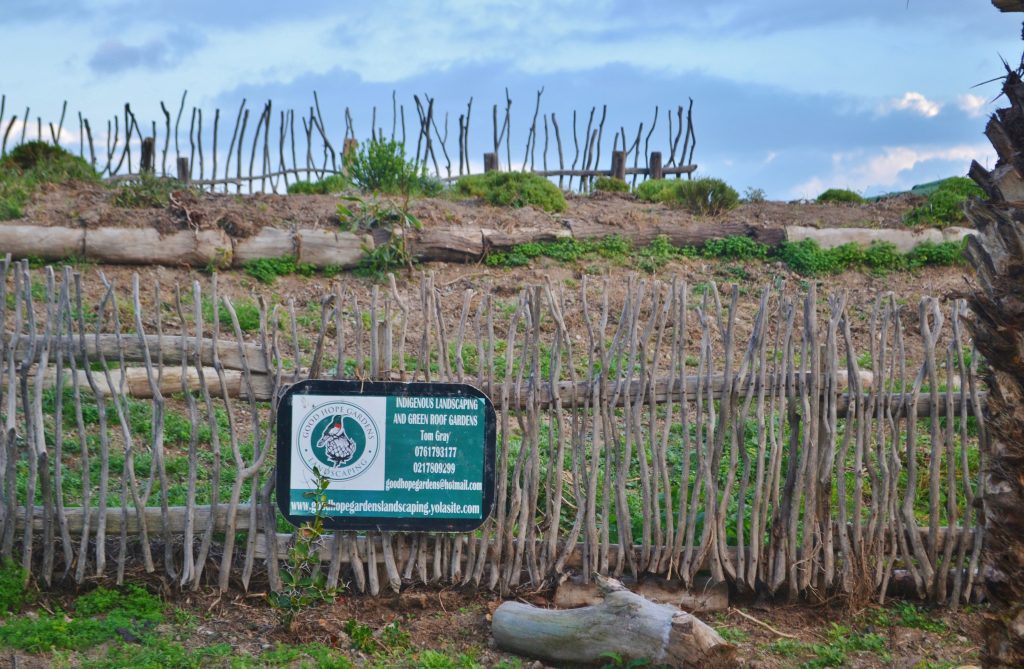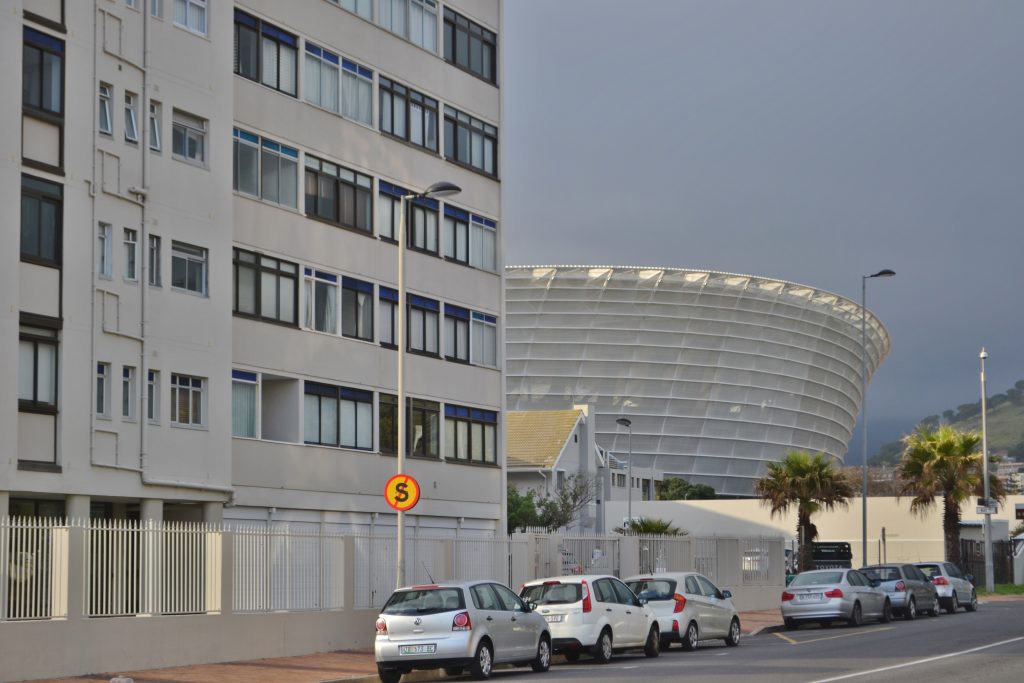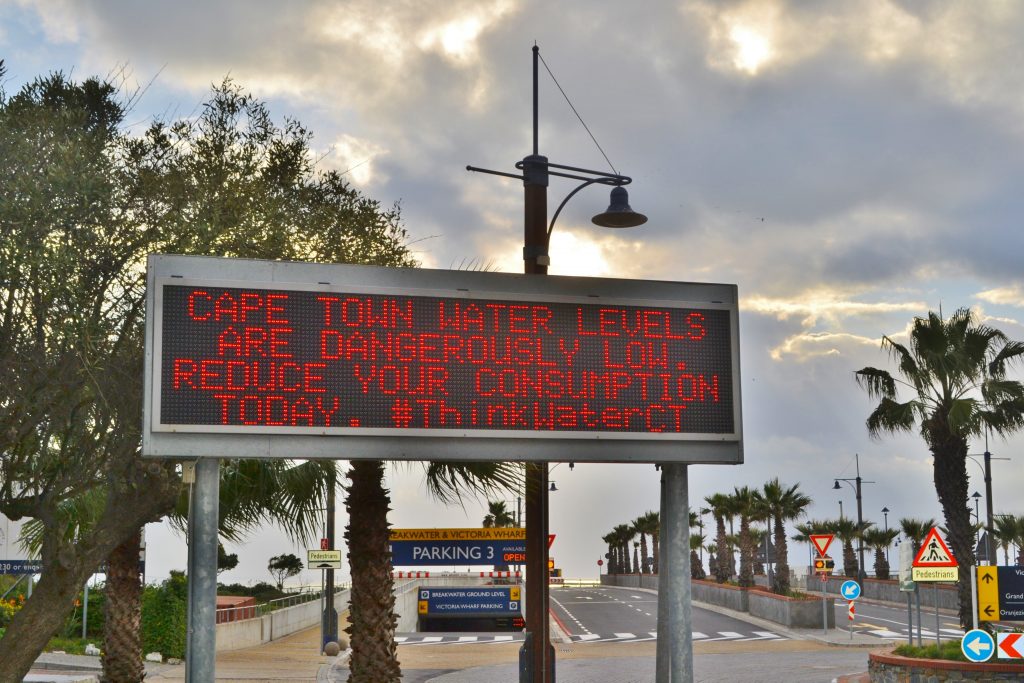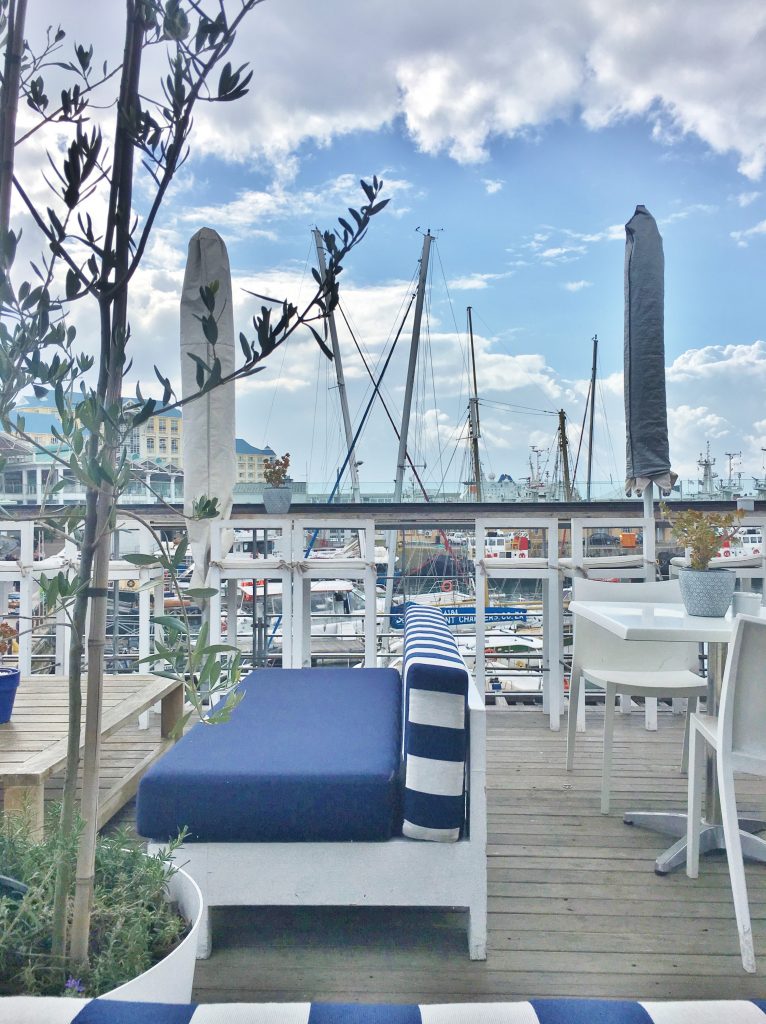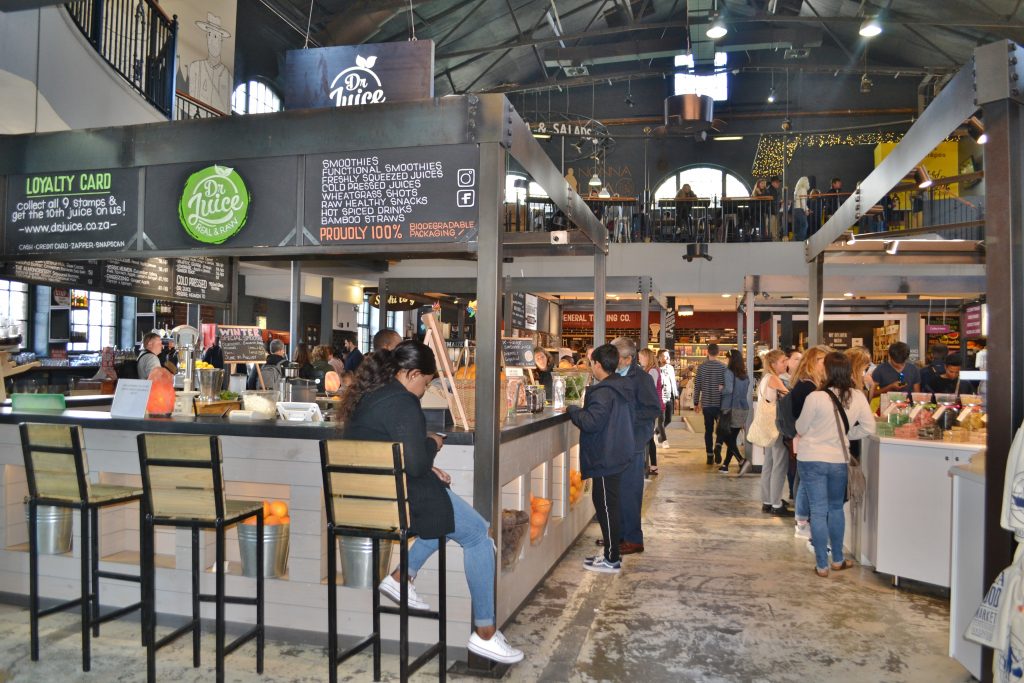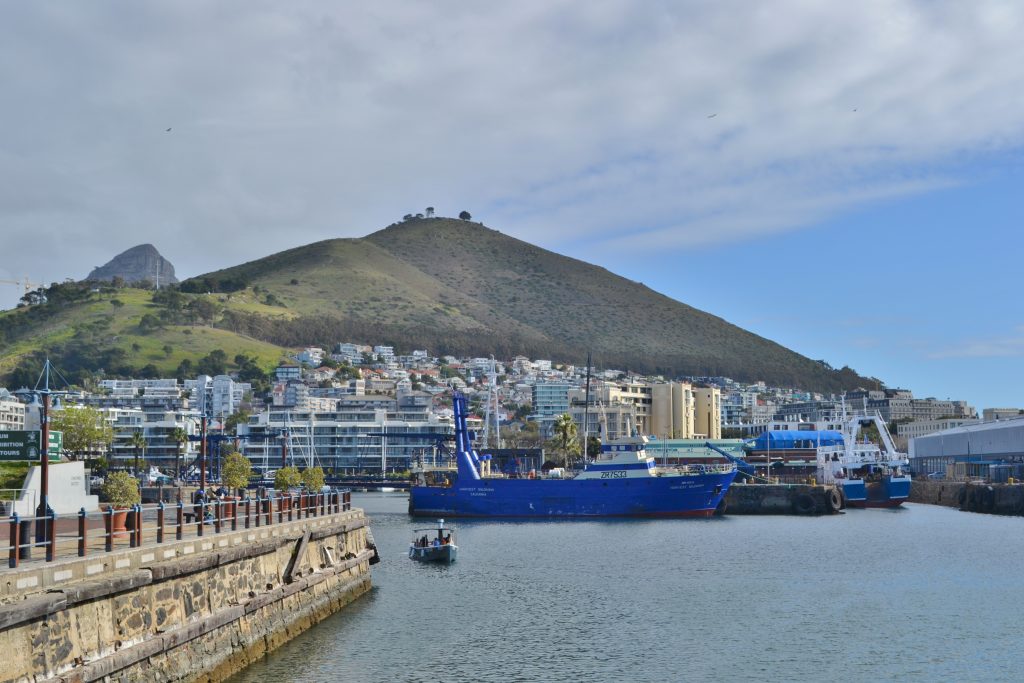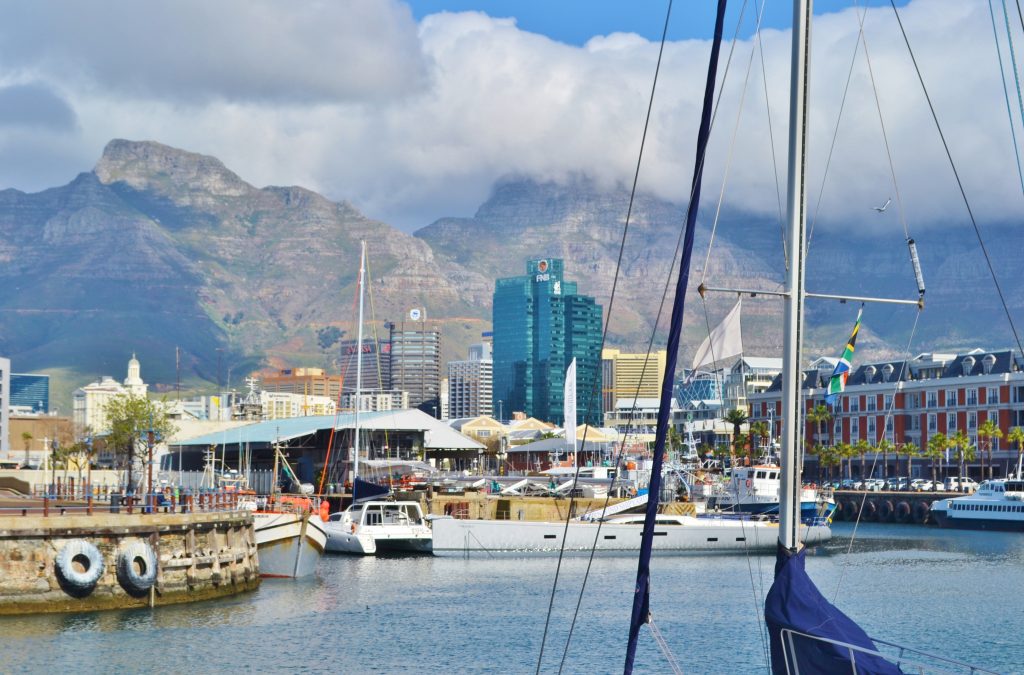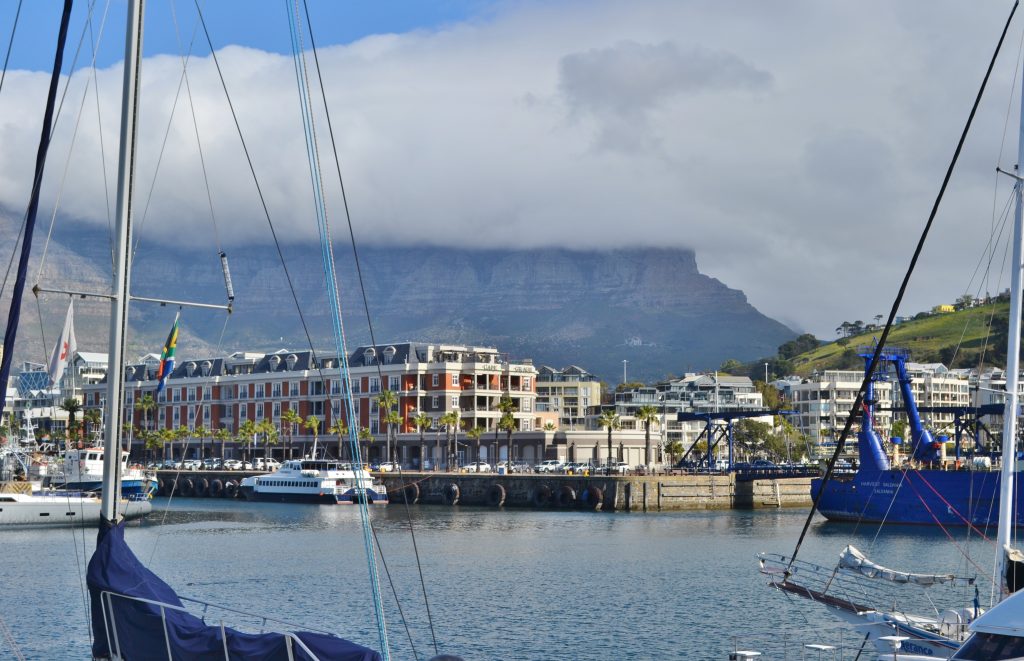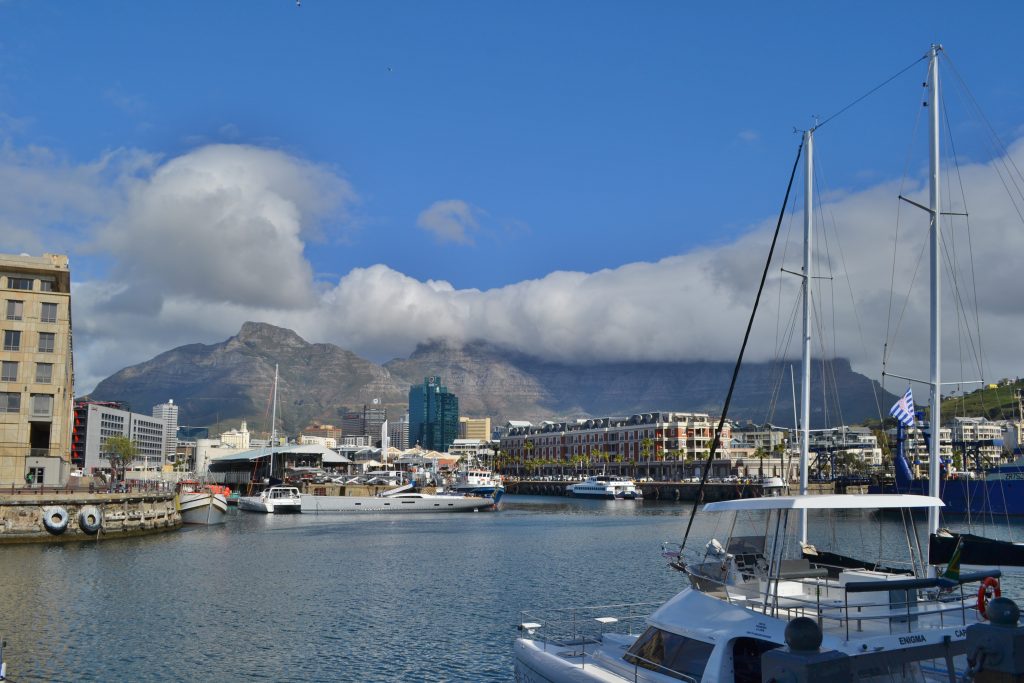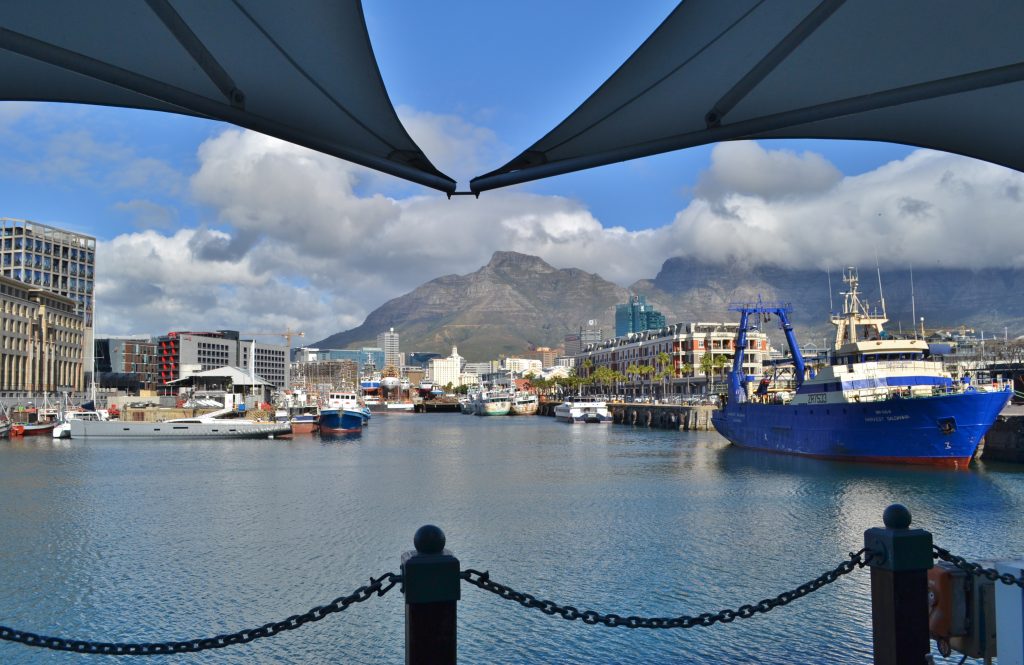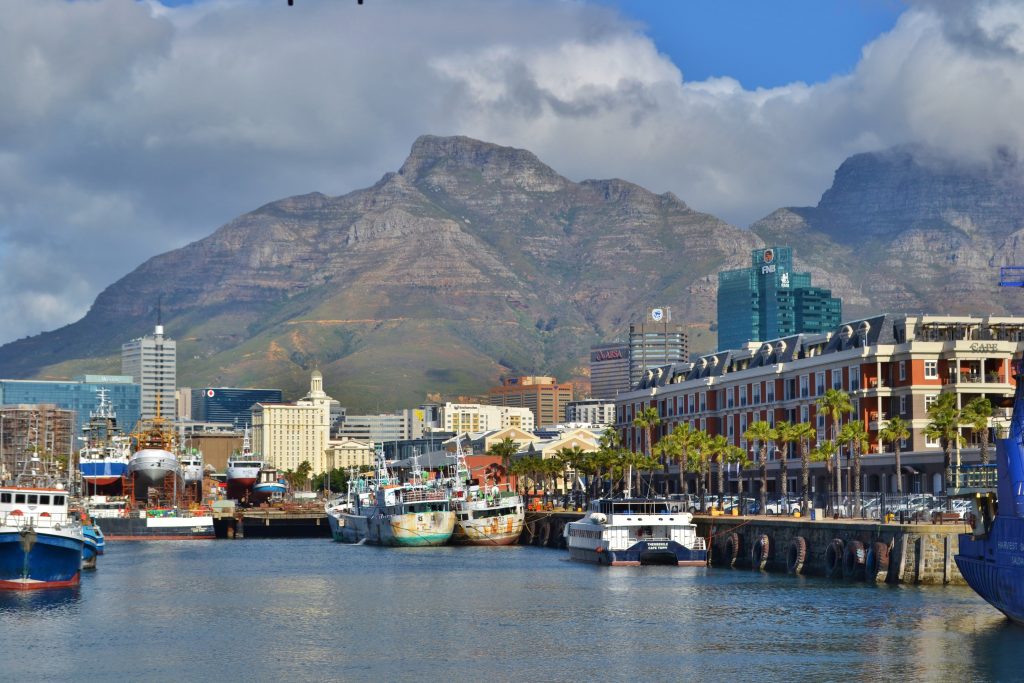Filled with adrenaline from having swam with the Great Whites at Gansbaai, I was excited to explore the scenic coast of Cape Town before hopping a plane for Johannesburg. With a couple of days ahead of me, I planned to explore the coast, sample the local wines and study the fascinating life of Nelson Mandela.
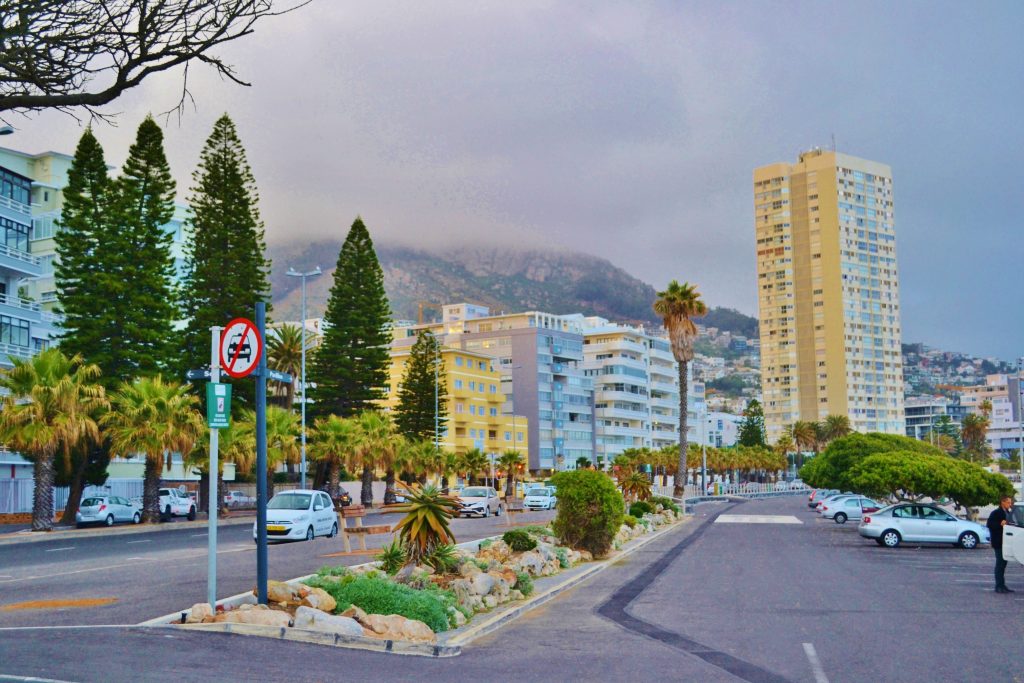
Grabbing my backpack, I exited the Protea Hotel in Sea Point and began my forty-five minute trek towards the Victoria and Alfred Waterfront. Known as the oldest working harbor in the Southern Hemisphere, this lively neighborhood is where I will be catching the jetty over to Robben Island in the afternoon.
Navigating through one of the most affluent suburbs of Cape Town, I quickly reached the coast. I had arrived in August, the start of South Africa’s winter, greeted with mild temperatures and overcast skies. The colorful high rises were a welcome site against the gray backdrop and foggy start of my day.
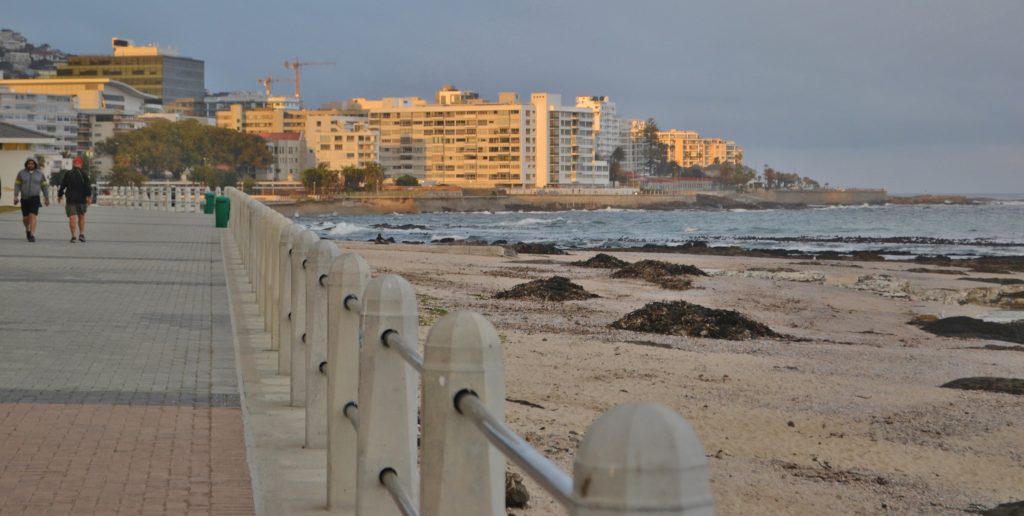
Mounds of seaweed covered the manicured beaches as small whitecaps made their way towards the water’s edge. The sun was rising and casting a glow on the concrete landscape where locals slowly filled the promenade. The briny smell of the sea continued to grow stronger as warmer temperatures began to rise. My walk continued northeast away from Sea Point towards indigenous gardens, passing the Green Point Lighthouse with a glimpse of the Cape Town Stadium.
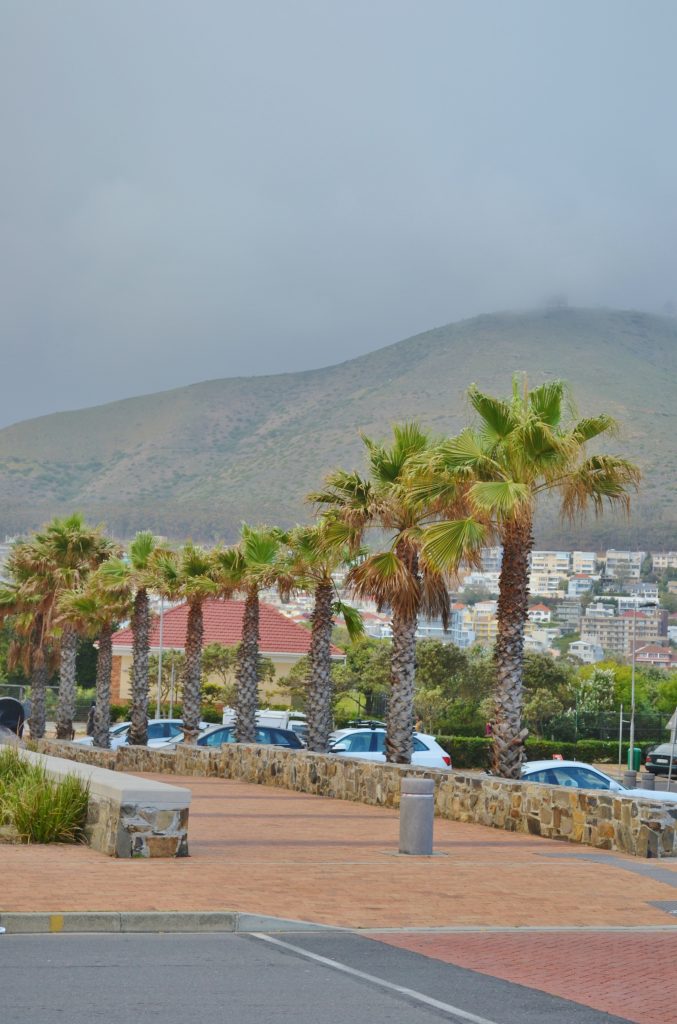
Gazing toward the barren mountains in the distance, the palm tree-lined avenue brought me closer to the V&A Waterfront. Posted signs served as a reminder of Cape Town’s water shortage which was at its peak during my visit.
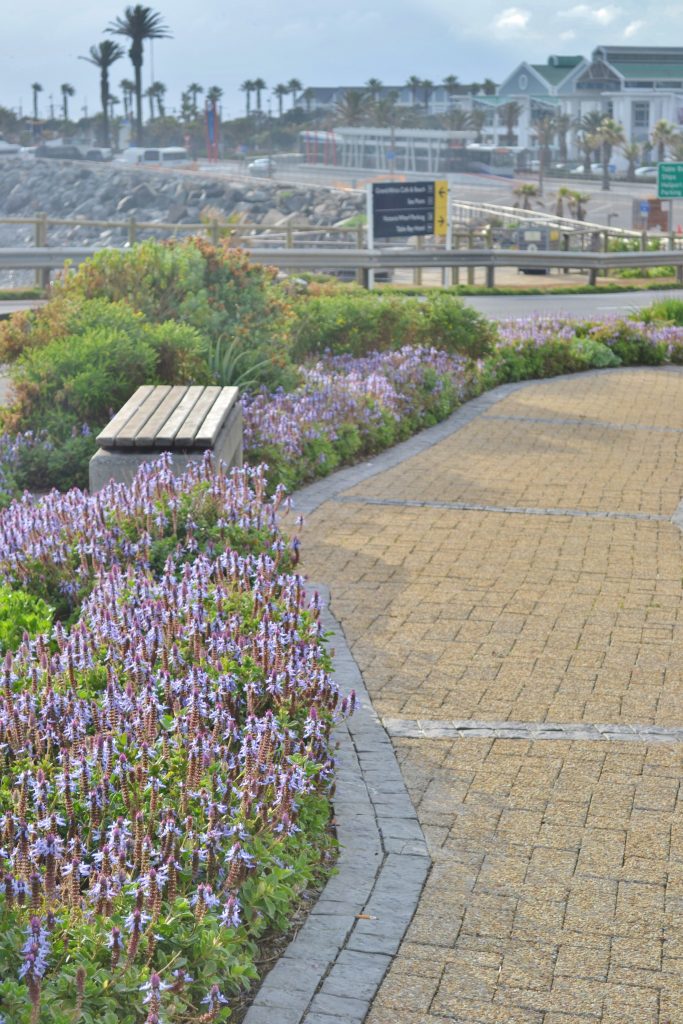
Within minutes, the landscape grew more beautiful with gardens of purple salvia and elegantly laid brick stretching for miles. Tall, clusters of palm trees rose from the rocky cliffs sloping down towards the bay. The V&A Waterfront, a part of Cape Town’s Big 6, includes the Table Mountain Cableway, Kirstensbosch Gardens, Robben Island, Cape Point and Constantia Vineyards.
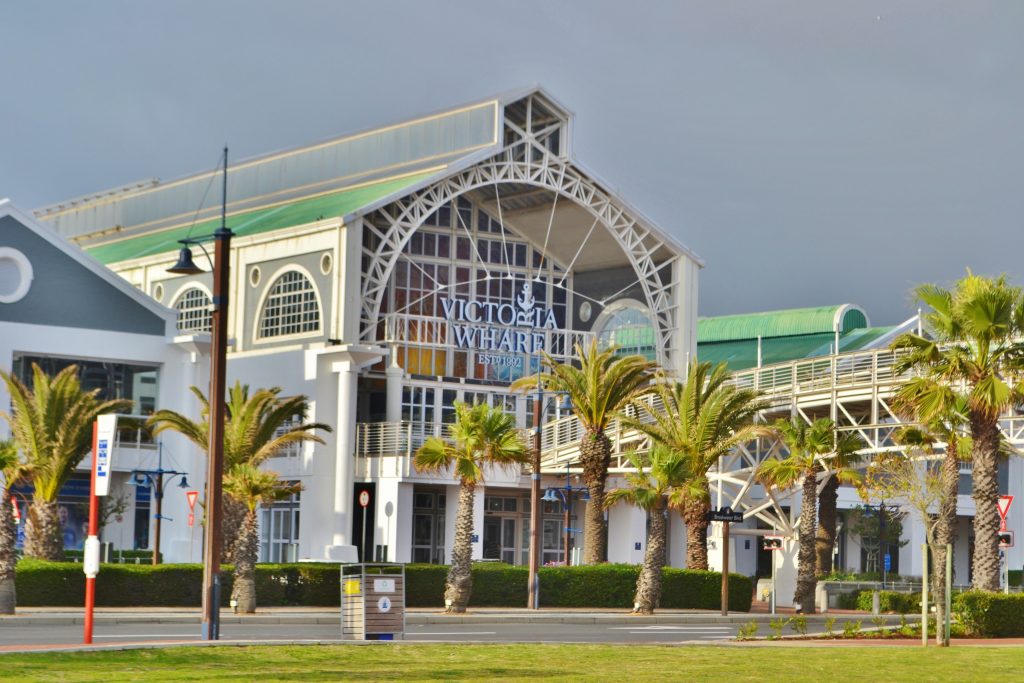
In the midst of the spectacular countryside was built a beautiful tribute to Queen Victoria and her son Prince Alfred, known by locals as the V&A Waterfront. The venue has become one of South Africa’s most visited historical and cultural destinations.
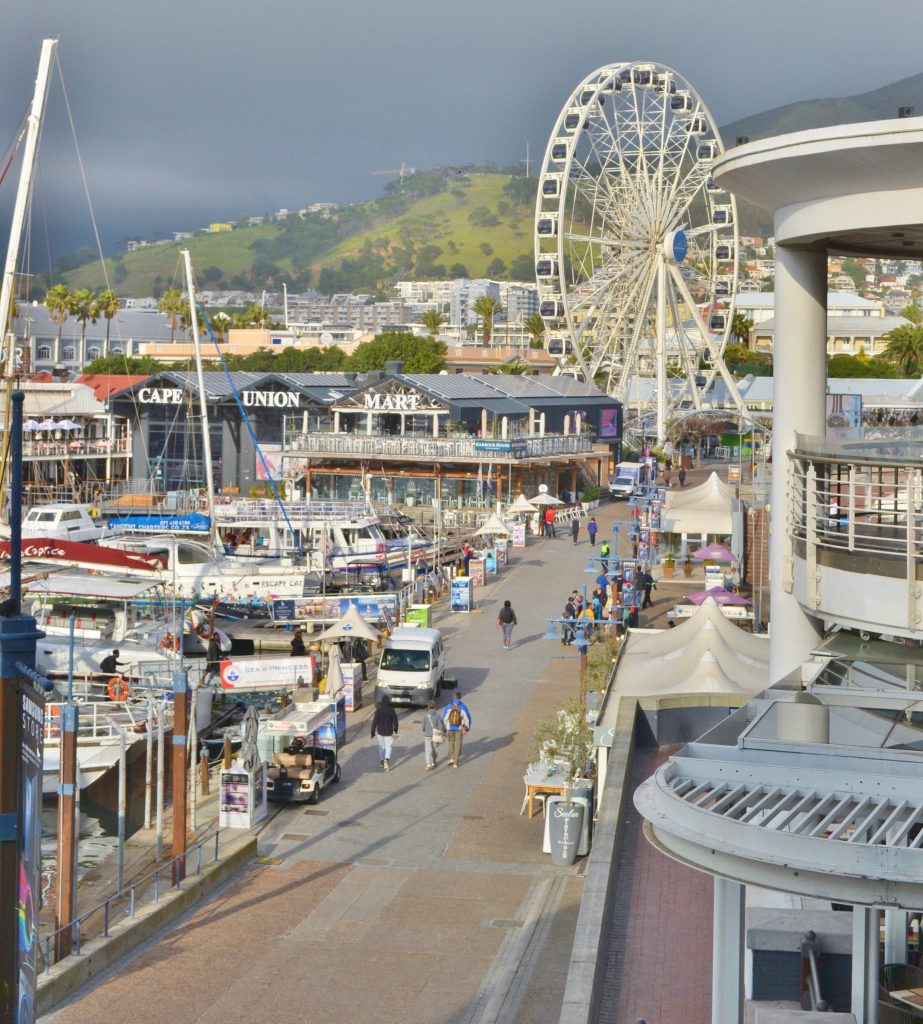
From the second story of the waterfront’s shopping plaza I noticed the boats moored in South Africa’s oldest working harbor, over 450 shops and restaurants lining the streets and a Ferris wheel offering spectacular views of Signal Hill. I had purchased a ticket to visit Robben Island and would return to the dock after lunch to board the Robben Island jetty.
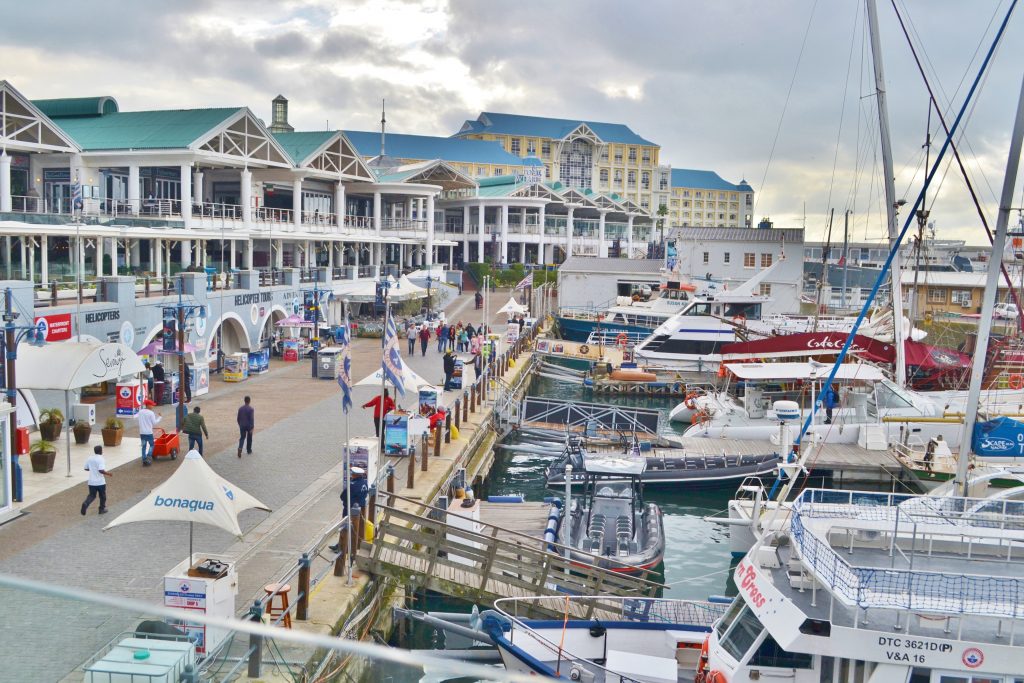
Too early for lunch, I strolled the harbor where boats were tied up alongside the dock bringing in the catch of the day and taking out passengers for tours of the coast. Many of the stores and restaurants would soon open, so I strolled the quiet site and found The Harbor House where I decided to dine for lunch.
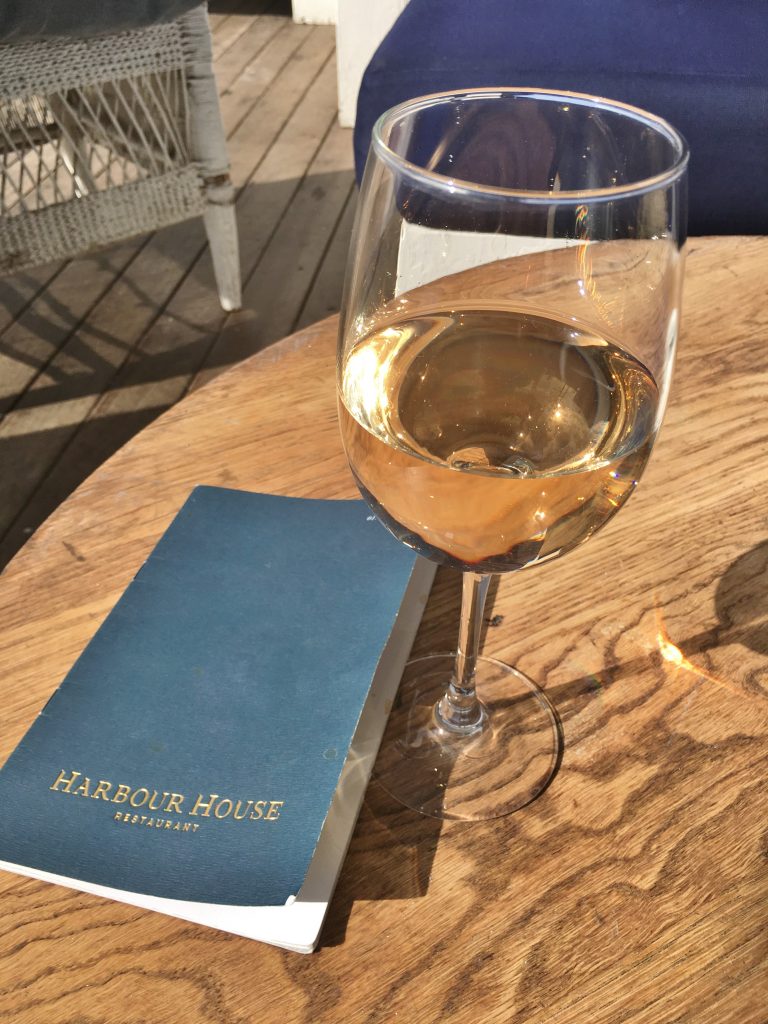
Starting out with a local Chenin Blanc from Beaumont Wines, I scanned over the menu in hopes of finding a local seafood dish or a platter of sushi for lunch. The wine was crisp with the flavors of tart apples and melon, chilled perfectly. Sitting on the second level of the restaurant, the sun was struggling to push its way past the cloudy sky, but its warmth was pressing in.
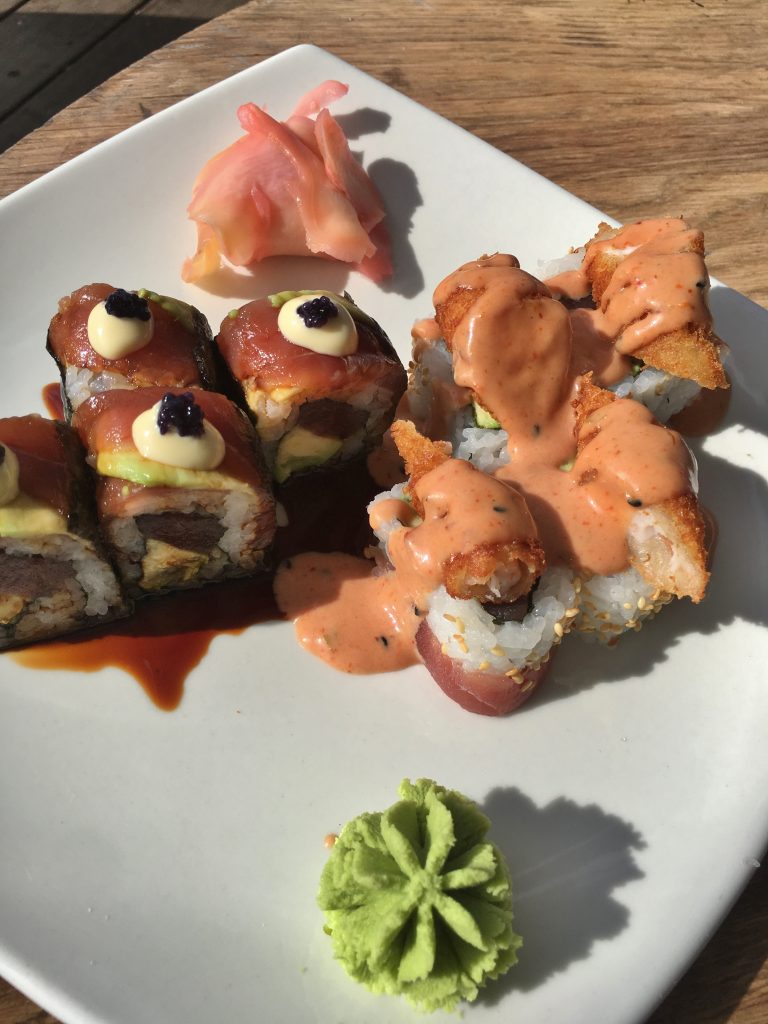
With each sip, I weighed my options and finally decided on the Tuna Rainbow Roll and Ultimate Rainbow Roll. Decadent and full of flavor, I slowly enjoyed each bite as I finished my glass of wine. The weight staff were exceptional and the restaurant views, spectacular.
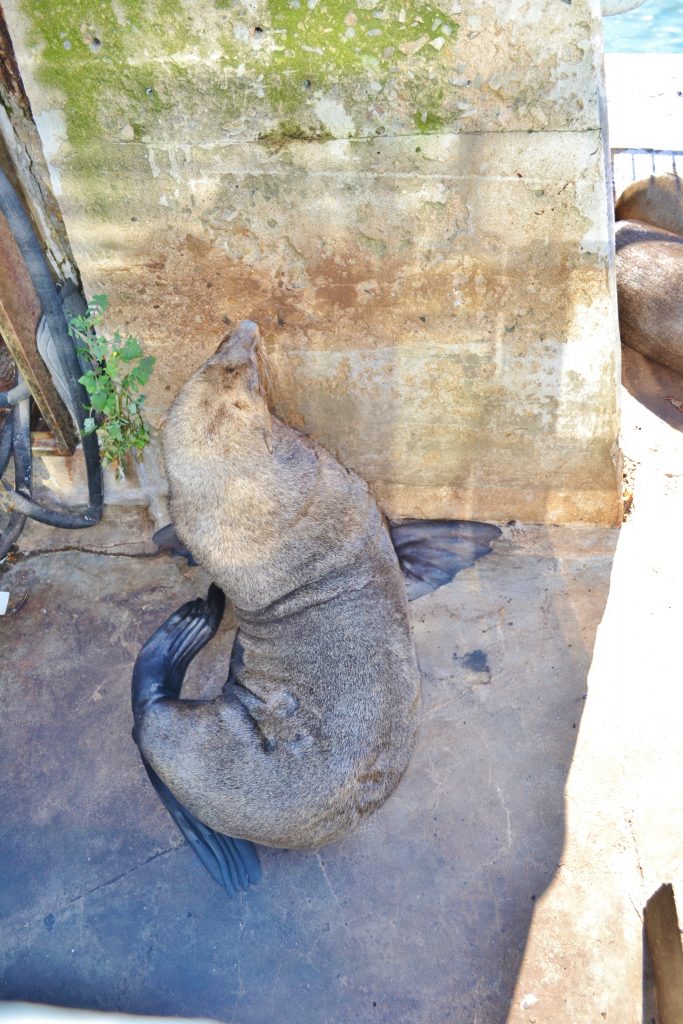
As I strolled the waterfront with its colorful monuments and museums, I heard the bark of a Cape Fur Seal. Following the sound, I came upon this beautiful mammal tucked in a concrete corner finding a place to rest near the first stop on my self-guided tour, Cape Town’s Clock Tower.
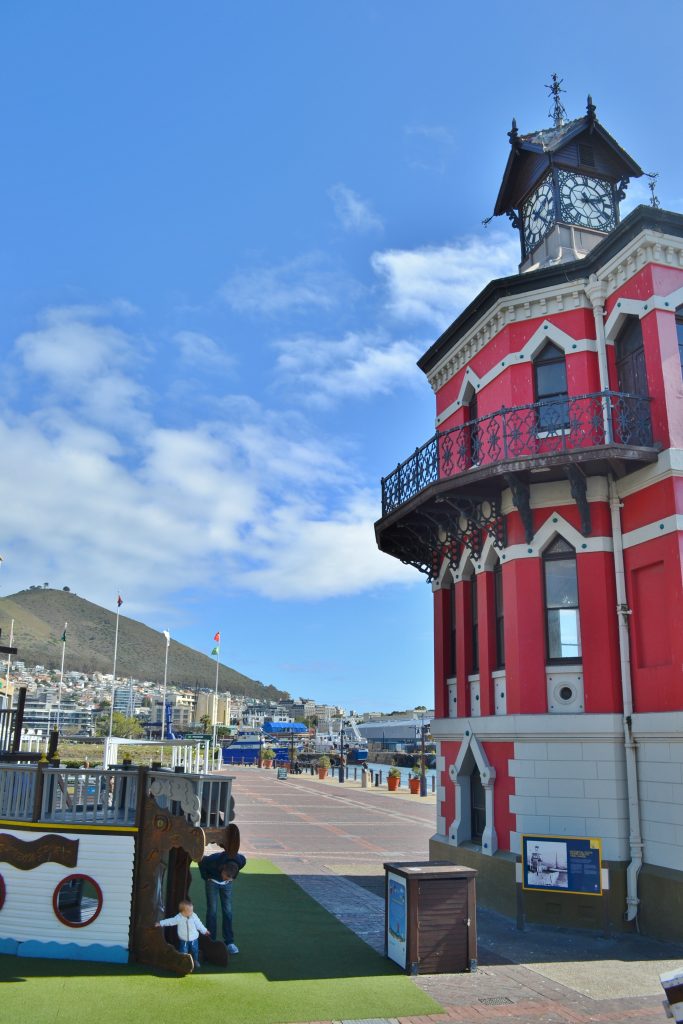
Built in 1882, the Victorian-Gothic Clock Tower was once the office of the Port Captain, who managed the schedule of ships coming in and out of the docks. The clock tower, originally painted yellow, is the oldest building along the waterfront. One of the city’s most iconic landmarks, the red-and-gray tower was refurbished in 1997 and is the home to several Cape Fur Seals.
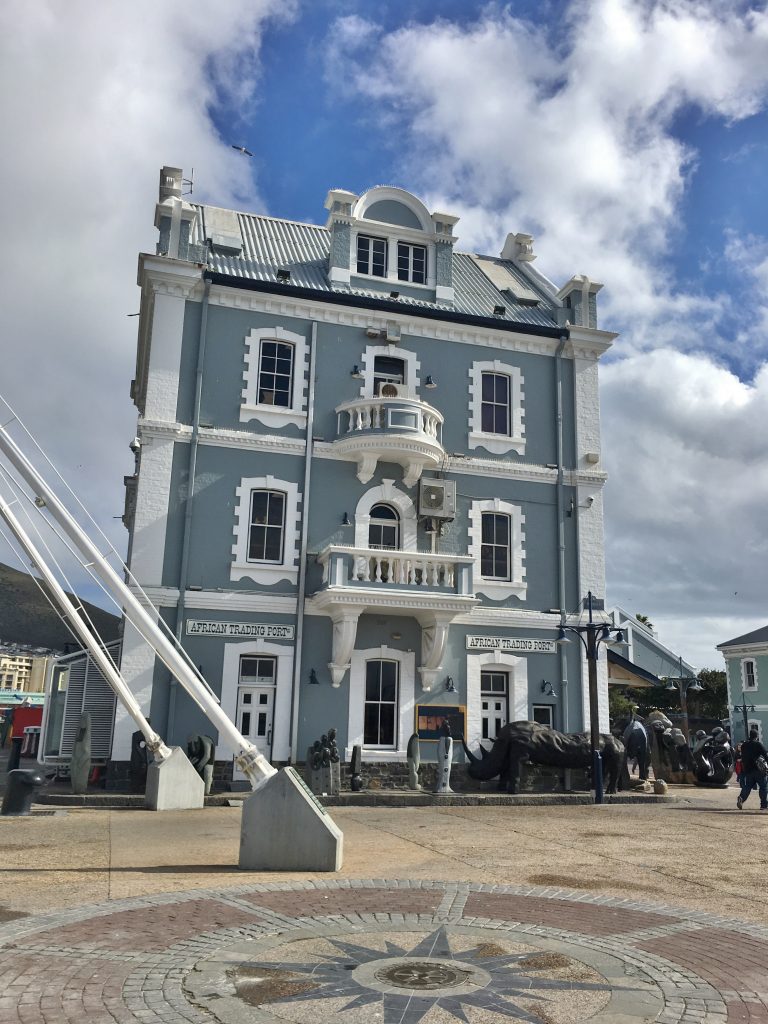
Located at the base of the Swing Bridge, the African Trading Port is a shop focused on selling local African Art to include sculptures, ceramics, pottery and artifacts. Drawing works from all over the country, this workshop first opened in Zimbabwe in 1978 with additional shops such as the one in Cape Town, opening in 2001.
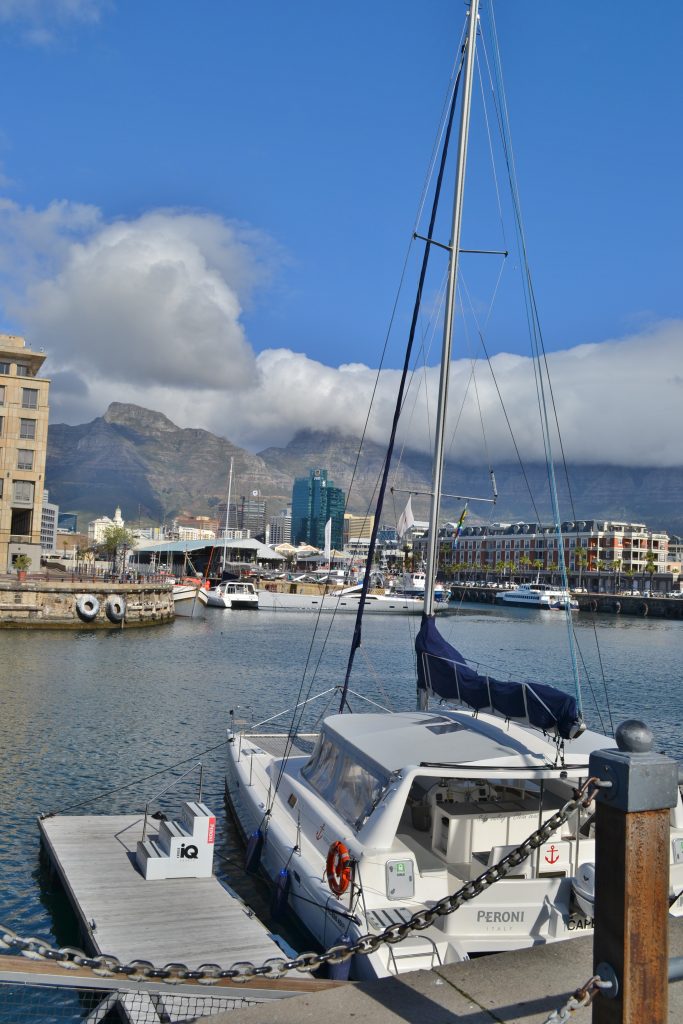
Looking out across the port, the location where I am standing is Alfred Basin, where the original docks were built at the port of Cape Town. In the distance are the picturesque Signal Hill and Table Mountain.
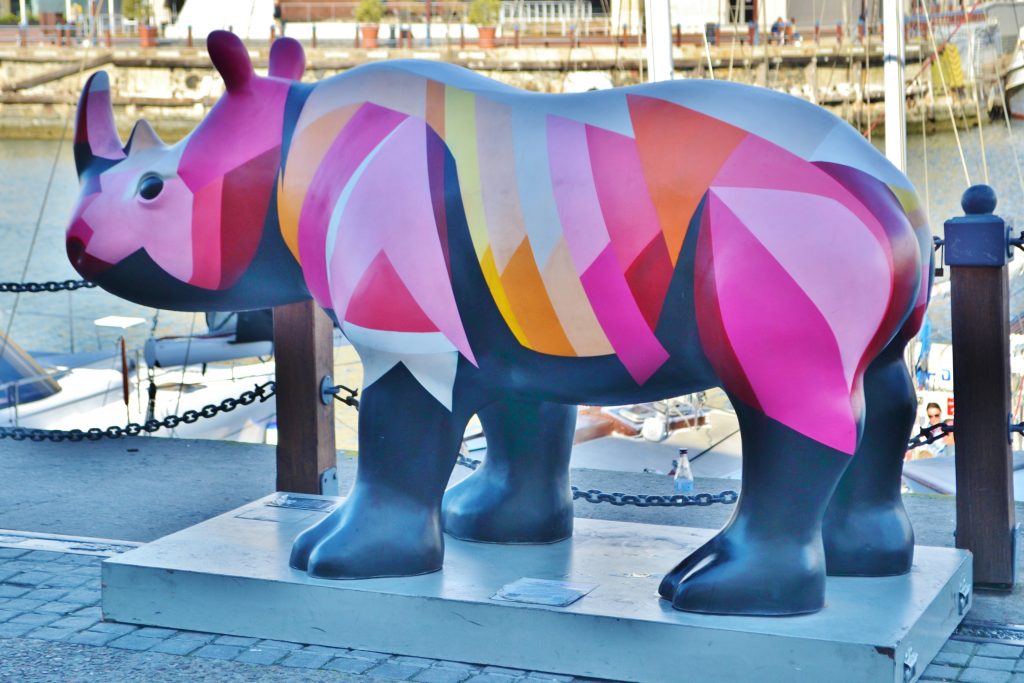
One of my favorite experiences was finding the beautifully painted rhinos placed along the waterfront, part of a program to bring awareness to these endangered species. Poachers have been hunting the rhinoceros for their tusks, bringing about their near extinction since the 1950s. TRAC, which stands for “The Rhinos are Coming” is raising money to stop this practice throughout Africa. From February 1st to March 31st of 2017, one hundred decorated rhinos were strategically placed throughout Cape Town as an outdoor art exhibit, which remained on display.
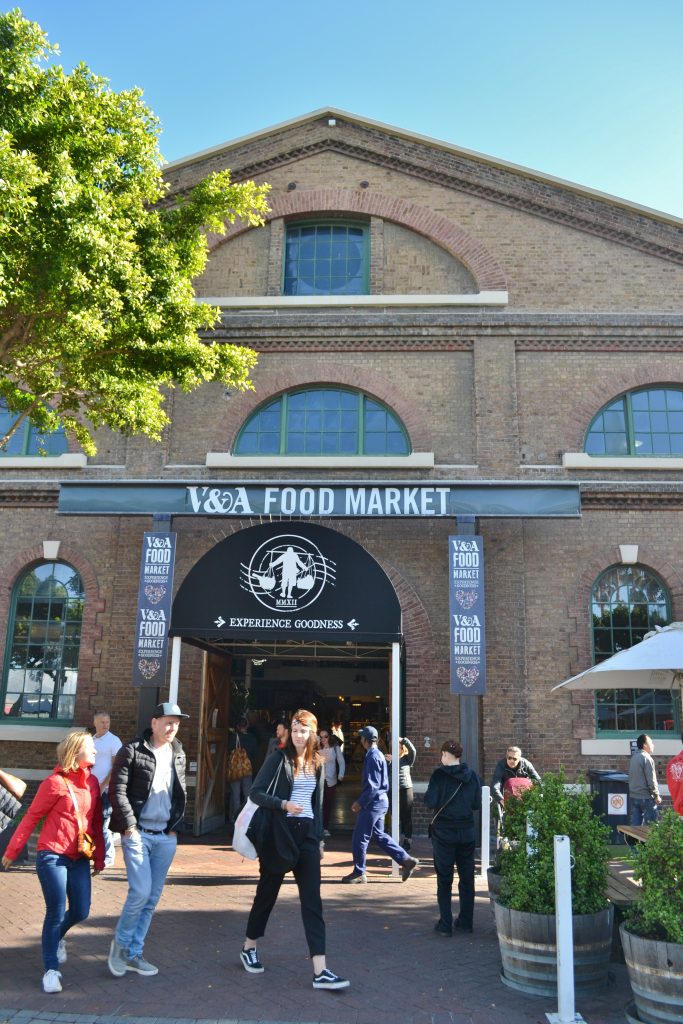
The V&A Market is now home to the former Pumphouse. A vibrant marketplace with over forty vendors offering fresh food and produce as well as gourmet meals and local beer and wine. I couldn’t resist stopping by The Knysna Oyster Company for a half a dozen oysters on the half shell.
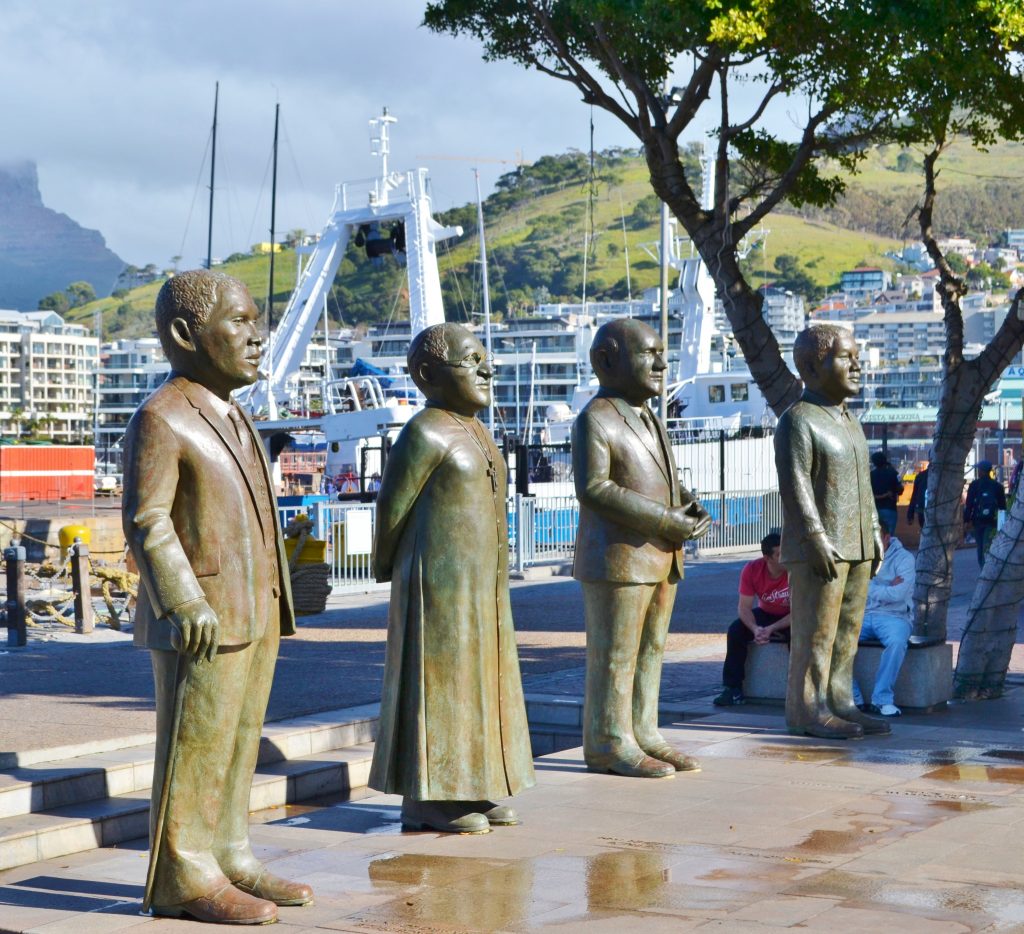
A few steps from the market is Nobel Square, another impressive artistic installation, which opened in December of 2005. The four statues represent Albert Lutuli, Desmond Tutu, F. W. de Klerk and Nelson Mandela, four of the country’s Nobel Peace Prize winners.
Checking my watch, I realized the ferry would soon be leaving for Robben Island. Eager to explore the history of this island prison, I was also curious to learn more about Nelson Mandela’s experience here as a political prisoner.
Have you visited the Victoria and Albert’s Waterfront in Cape Town, South Africa? What was your favorite part of your visit? I would love to hear from you if you would kindly leave a message in the comments section below. Many thanks for reading about my visit to Cape Town and wishing you many Happy Travels.
What to See and What to Do:
Where to Stay;
Where to Eat:
What to Eat:
What to Read:
Photo Guide to Capetown:
